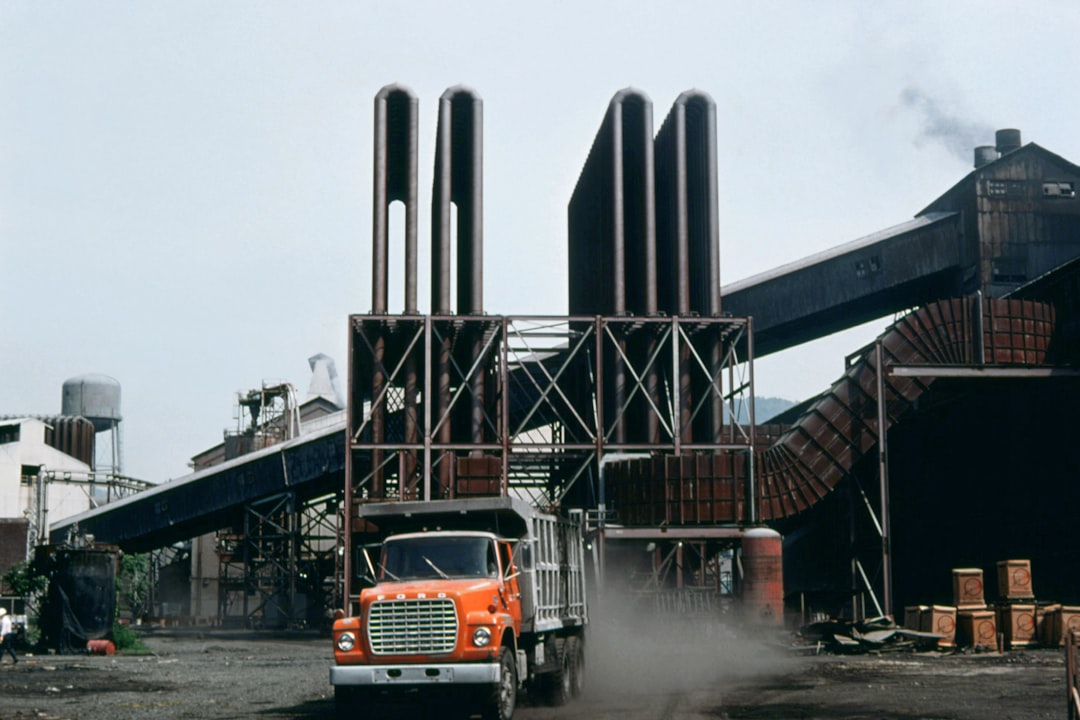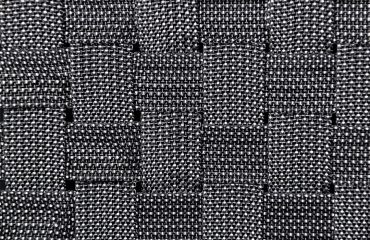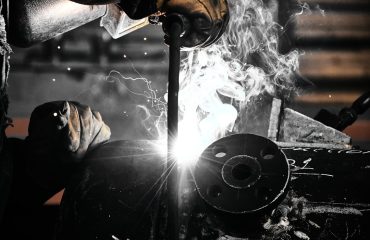In the heart of industrial manufacturing lies the critical need for precision and durability. This need is often met through the utilization of customized steel machine parts, components specifically engineered and fabricated to meet the unique demands of a particular application. This comprehensive guide explores the world of customized steel machine parts, delving into their design, manufacturing processes, benefits, diverse applications, and the crucial role of material selection.
1. Designing Customized Steel Machine Parts: Precision Engineering for Optimal Performance
The design phase is paramount. It begins with a thorough understanding of the machine’s intended function, operating conditions, and required tolerances. Experienced engineers utilize advanced CAD (Computer-Aided Design) software to create detailed 3D models, ensuring dimensional accuracy and functionality. This process involves considering factors like:
- Stress analysis: Determining the stresses and strains the part will endure during operation to prevent failure.
- Material selection: Choosing the appropriate steel grade based on strength, hardness, corrosion resistance, and cost-effectiveness (discussed in detail below).
- Manufacturing processes: Selecting the most appropriate manufacturing method (e.g., forging, casting, machining) to achieve the desired precision and surface finish.
- Tolerance specifications: Defining acceptable deviations from the ideal dimensions to ensure proper fit and function within the larger machine assembly.
- Surface treatments: Considering the need for surface treatments like plating, coating, or heat treatment to enhance durability, corrosion resistance, or wear resistance.
Careful consideration of these factors during the design phase translates to a superior final product, optimized for performance and longevity.
2. Manufacturing Techniques: From Forging to Machining
The manufacturing process is crucial in determining the final quality and properties of customized steel machine parts. Several techniques are employed, each with its own advantages and disadvantages:
- Forging: This process involves shaping metal using compressive forces, resulting in superior strength and grain structure compared to casting. It’s ideal for high-stress applications.
- Casting: Molten steel is poured into a mold to create the desired shape. Casting is cost-effective for complex shapes but may require further machining to achieve precise dimensions.
- Machining: This subtractive manufacturing process uses tools to remove material from a pre-formed workpiece to achieve precise dimensions and surface finish. It’s highly accurate but can be more time-consuming and expensive.
- 3D Printing (Additive Manufacturing): Emerging technologies like 3D printing allow for the creation of highly complex geometries with intricate internal features. This is particularly useful for prototyping and low-volume production.
The choice of manufacturing method depends heavily on the design complexity, required tolerances, material properties, and production volume.
3. The Advantages of Utilizing Customized Steel Machine Parts
Choosing customized steel machine parts over off-the-shelf components offers several significant advantages:
- Improved Performance: Parts are designed specifically for the application, optimizing performance and efficiency.
- Enhanced Durability: Careful material selection and design considerations lead to increased lifespan and reduced maintenance costs.
- Precise Fit and Function: Customized parts ensure a perfect fit within the machine, eliminating potential issues caused by mismatched components.
- Reduced Downtime: Reliable components minimize breakdowns and maximize operational uptime.
- Cost-Effectiveness (Long-Term): While initial costs may be higher, the long-term benefits of increased durability and reduced downtime often outweigh the initial investment.
- Tailored to Specific Needs: Addressing unique requirements, such as specific dimensions, surface treatments, or material properties, that off-the-shelf components may not meet.
4. Applications Across Diverse Industries
Customized steel machine parts find applications across a broad spectrum of industries, including:
- Automotive: Engine components, transmission parts, chassis components.
- Aerospace: Aircraft landing gear, engine parts, structural components.
- Energy: Turbine blades, pump components, pressure vessels.
- Construction: Heavy machinery parts, excavators, cranes.
- Manufacturing: Production line machinery, robotic components, specialized tooling.
The versatility of steel and the ability to customize its properties make it a preferred material for a wide range of applications demanding high strength and durability.
5. Material Selection: Choosing the Right Steel Grade
Selecting the appropriate steel grade is critical to ensure the part meets performance requirements. Various factors influence this decision:
- Strength: Yield strength and tensile strength determine the part’s ability to withstand stress and load.
- Hardness: Resistance to wear and abrasion.
- Corrosion resistance: Ability to withstand environmental factors like moisture and chemicals.
- Weldability: Ease of joining the parts through welding processes.
- Machinability: How easily the steel can be shaped and machined.
- Cost: Balancing performance requirements with budgetary constraints.
Common steel grades used include carbon steel, alloy steel, stainless steel, and tool steel, each possessing unique properties suitable for specific applications. An experienced engineer will carefully analyze the application’s demands to select the optimal steel grade.
In conclusion, customized steel machine parts are essential components in countless industrial applications. Their design, manufacturing, and material selection are crucial factors that directly impact their performance, durability, and overall cost-effectiveness. By understanding these aspects, manufacturers can ensure they choose the right parts for their specific needs, leading to improved efficiency, reduced downtime, and enhanced profitability.
Tags: Customized steel parts, Steel machine parts, Precision engineering, Manufacturing processes, Material selection




